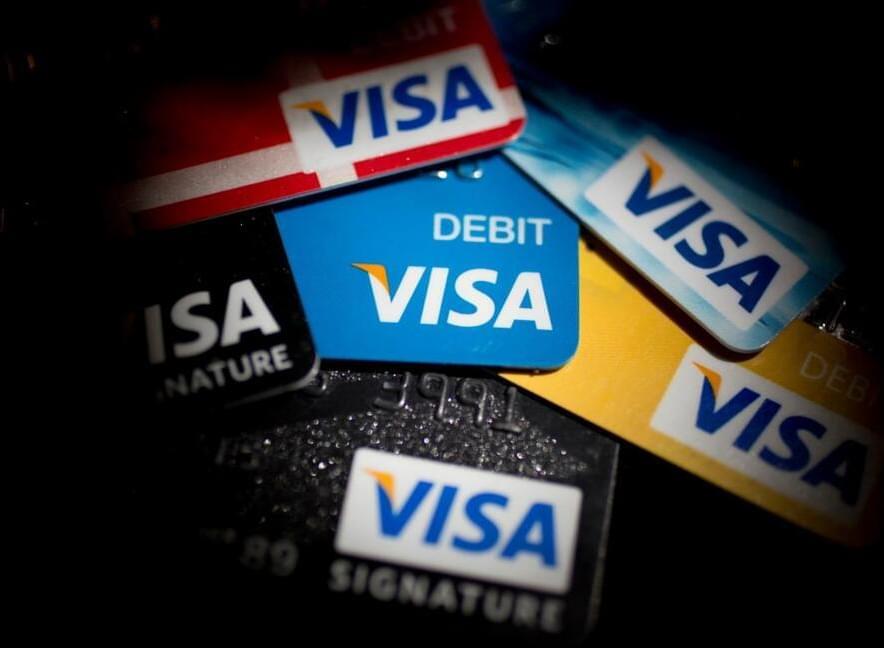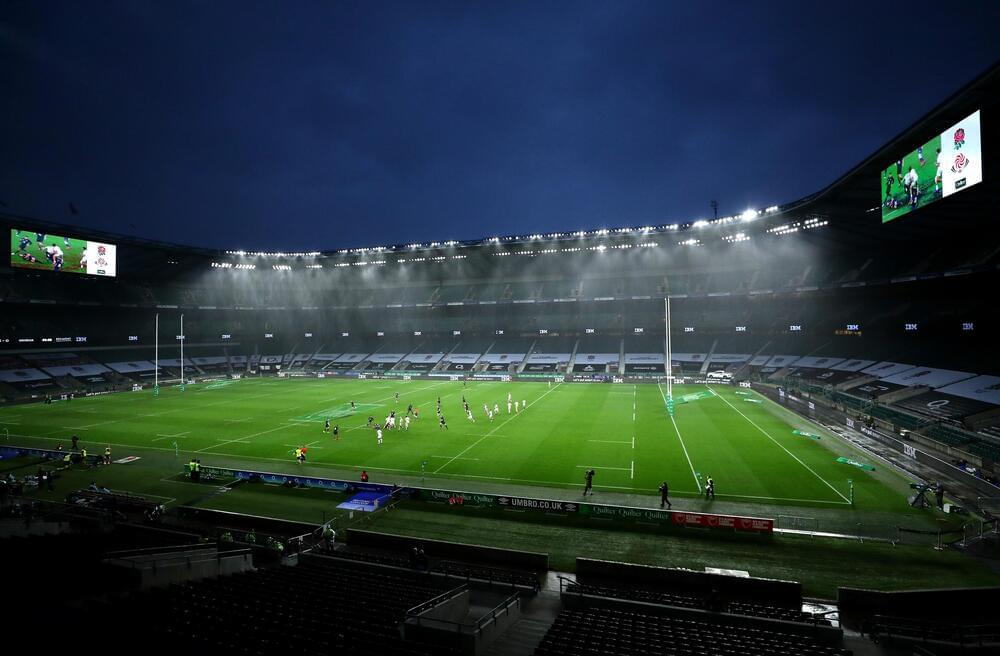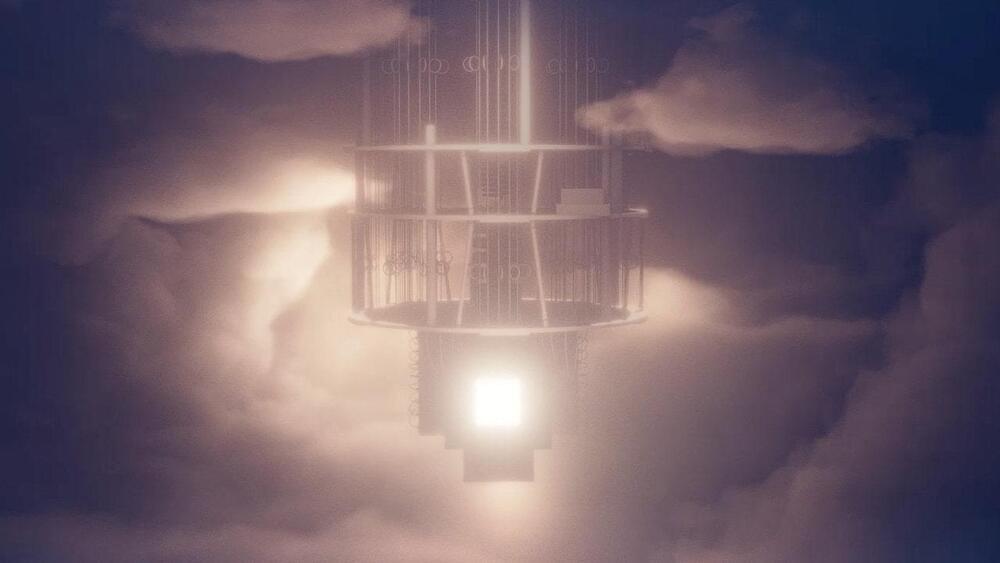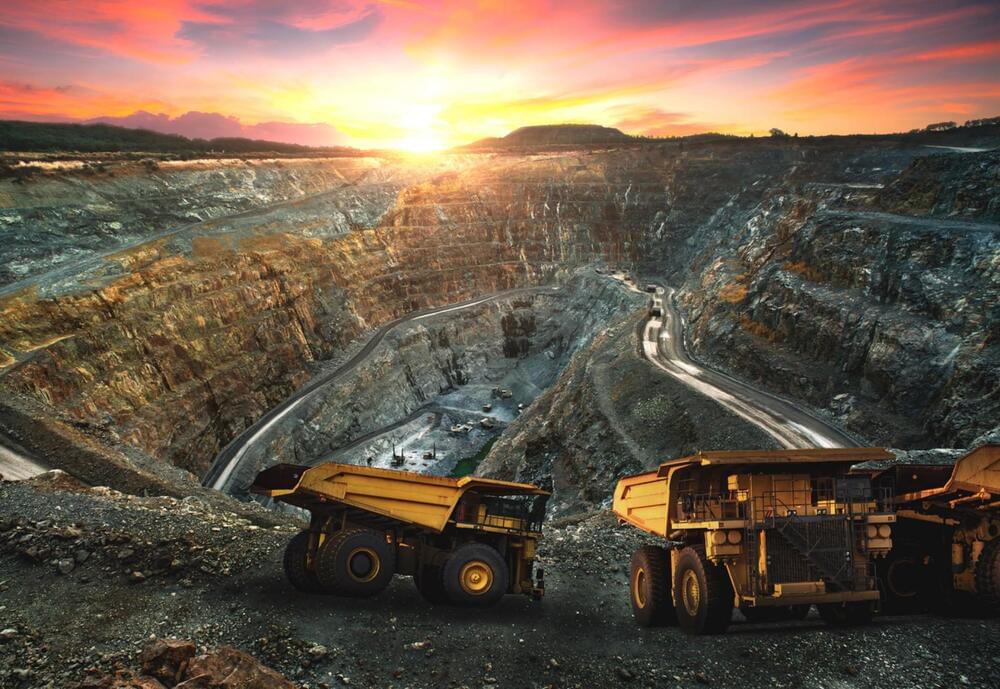Global payments giant Visa says it will invest $1 billion by 2027 to expand its investments in Africa amidst a digital payments boom on the continent.
Visa chief Al Kelly announced this pledge on Wednesday during the U.S.-Africa Business Forum, a sub-event in the broader U.S.-Africa Leaders Summit, a three-day event where U.S. President Joe Biden invited heads of state and senior government officials from Africa to discuss several issues ranging from food security to climate change.
“Visa has been investing in Africa for several decades to grow a truly local business, and today our commitment to the continent remains as firm and unwavering as ever,” said the Visa CEO in a statement.







